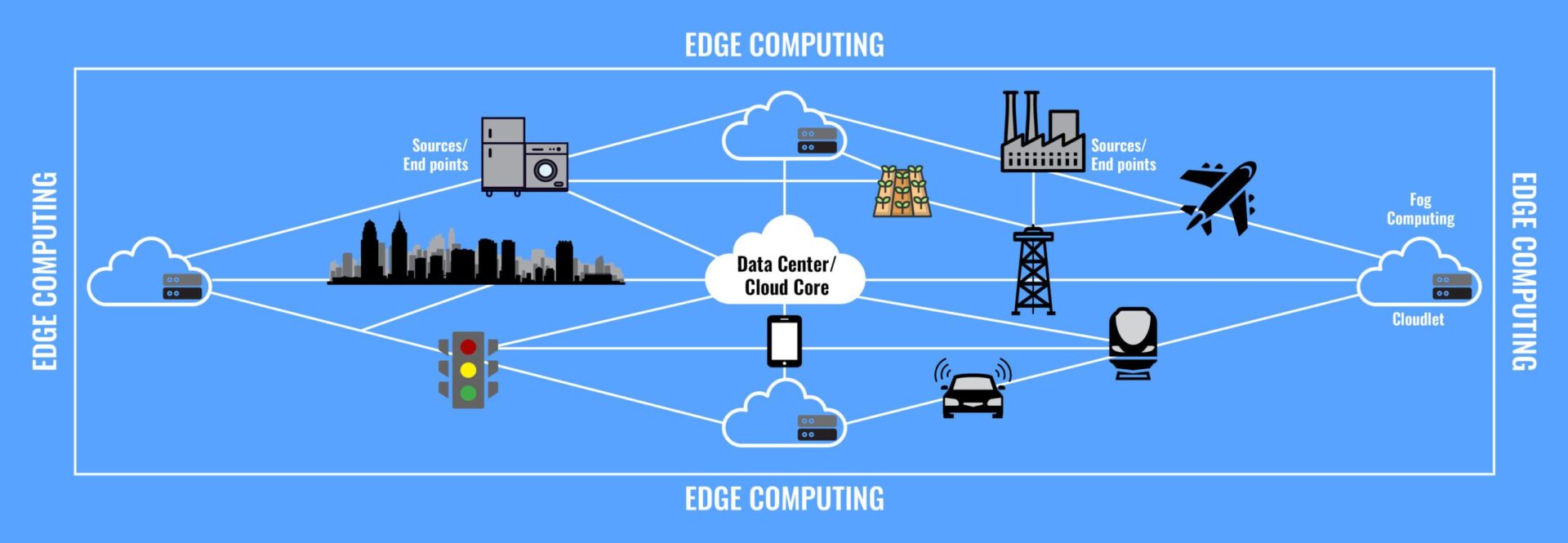Leveraging Edge Computing In Development

Executive Summary

Edge computing is a distributed computing paradigm that brings computation and data storage resources closer to the edge of the network, where data is generated and consumed. This approach offers several advantages, including reduced latency, improved reliability, and increased security. In this article, we will explore the benefits of edge computing in development and provide practical guidance on how to leverage this technology in your projects.

Introduction
Edge computing is rapidly gaining traction as a key enabling technology for a wide range of applications, from autonomous vehicles and smart cities to industrial automation and healthcare. By bringing computation and data storage closer to the edge of the network, edge computing can significantly improve the performance of these applications by reducing latency, improving reliability, and enhancing security.
Key Benefits of Edge Computing
- Reduced Latency: Edge computing reduces latency by minimizing the distance between data sources and processing resources. This can be critical for applications that require real-time response, such as autonomous vehicles or industrial control systems.
- Improved Reliability: Edge computing improves reliability by providing local data storage and processing capabilities. This means that applications can continue to function even if the connection to the central cloud is disrupted.
- Increased Security: Edge computing enhances security by reducing the exposure of sensitive data to potential threats. By processing and storing data locally, edge devices can help to prevent unauthorized access or data breaches.
- Cost Efficiency: Edge computing can help to reduce costs by reducing the amount of data that needs to be transferred to the central cloud. This can save both bandwidth and storage costs.
- Increased Flexibility: Edge computing provides increased flexibility by allowing developers to deploy applications closer to the edge of the network. This can make it easier to scale and manage applications, and to meet the specific requirements of different regions or industries.
How to Leverage Edge Computing in Development
To leverage edge computing in development, developers need to consider the following steps:
- Identify Suitable Use Cases: Not all applications are suitable for edge computing. Developers need to identify use cases that can benefit from the reduced latency, improved reliability, increased security, or cost efficiency offered by edge computing.
- Choose the Right Edge Computing Platform: There are a variety of edge computing platforms available, each with its own strengths and weaknesses. Developers need to choose a platform that meets the specific requirements of their application.
- Develop Edge-Aware Applications: Edge-aware applications are designed to take advantage of the unique characteristics of edge computing. Developers need to use programming languages and frameworks that support edge computing, and to consider factors such as data locality and fault tolerance.
- Deploy and Manage Edge Devices: Edge devices are the physical devices that run edge applications. Developers need to deploy and manage these devices carefully to ensure that they are secure and reliable.
- Monitor and Optimize Performance: Edge computing systems can be complex and challenging to manage. Developers need to monitor and optimize the performance of their edge systems to ensure that they meet the performance requirements of their applications.
Conclusion
Edge computing is a powerful technology that can significantly improve the performance of applications that require real-time response, high reliability, and strong security. By leveraging edge computing, developers can build applications that are more innovative, efficient, and adaptable. As edge computing continues to evolve, we can expect to see even more transformative applications of this technology in the years to come.
Keyword Phrase Tags
- Edge computing
- Distributed computing
- Low latency
- High reliability
- Security

Edge computing is a wonderfull paradigm that brins many benefits to us. Congratulations for the post.
I have testet a lot of edge techs and i think that they suck.
Edge computing paradigm is distributed computing paradigme that brings computation and data storage resources closer to the devices and sensors that generate and consume data. This paradigm provides a number of benefits, including reduced latency, improved reliability, and increased security. Also reduce the risk of data breaches.
Edge computing is a good approach, but i dont thing that is a paradigm shift.
Edge computing is the future, for sure.
Whaoooo this is amazing!
I am going to try this edge computing in my project. Thanks for the tips.
Edge computing is a distributed computing paradigme that brings computation and data storage resources closer to the devices and sensors that generate and consume data
Edge computing sucks. Is to mutch expensive.
I have created a microservice using edge computing and it was fantastic.
Edge computing is a distributed computing paradigme that brings computation and data storage resources closer to the devices and sensors that generate and consume data. I think that compute closer to the devices and sensors that generate and consume data is good. Because, this provide a number of benefits, including reduced latency, improved reliability, and increased security
I have some doubts about the edge computing paradigm. I thing that is not a good approach for my project.
Edge computing is the future. I am sure.